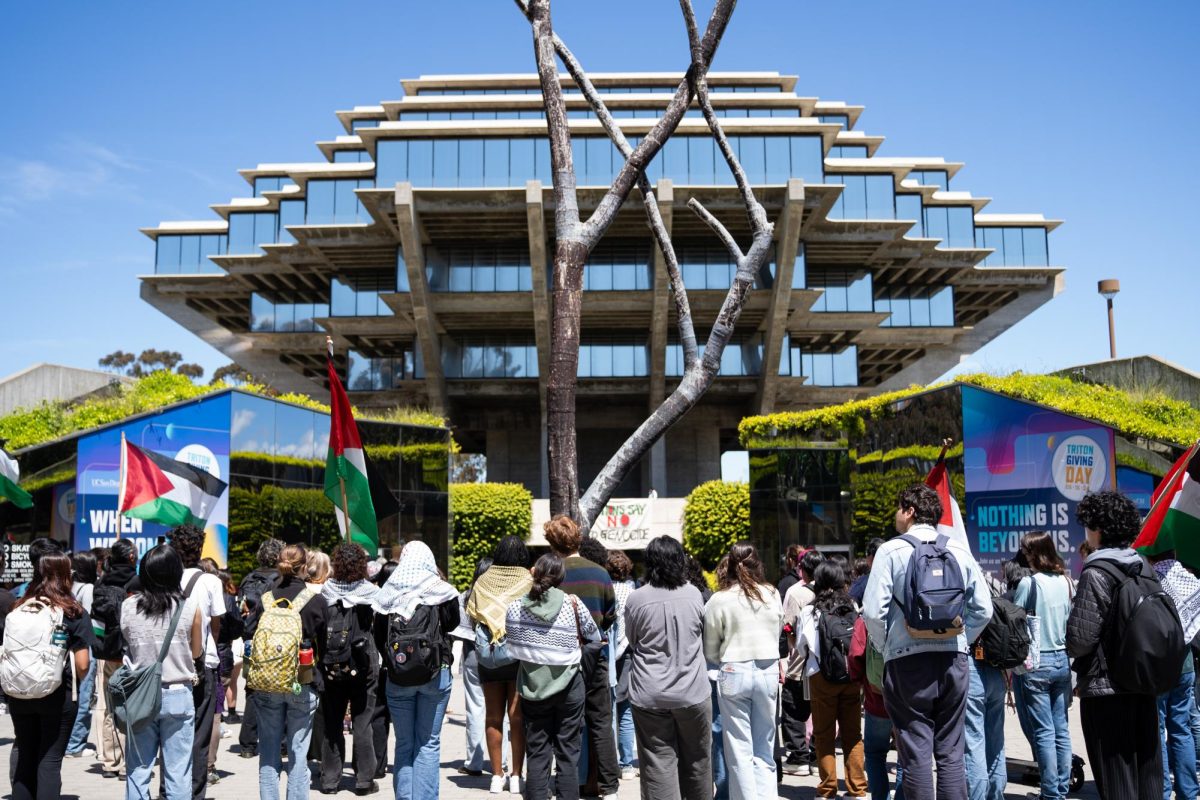Since the news of scandals in the student loan industry erupted early last year, Congress has feverishly toiled to bring some clarity to the mucky situation. And for the first time in a long while, the parties have joined in a united effort to resolve abuses of the system.
But as the close of another school year approaches, progress in the problem-ridden industry seems nowhere in sight.
In fact, recent proposals to end long-standing government subsidies for lenders add new concern to the already stressful task of financing college. This new plan, plugged by several Democrats, arose when evidence surfaced that subsidy payments were being wrongly distributed to lenders.
In the case of Nelnet – one of the largest student loan companies in the nation – an astonishing $278 million was doled out in federal subsidies. An audit, however, later found the company ineligible for all of the subsidies it received.
Of course, the immediate response from liberal congressional leaders was a push to gut the entire student loan program, starting with the elimination of government subsidies for lenders. But this reactionary move – however well-intended – would have drastic consequences for students nationwide.
For decades, this guaranteed 9.5-percent rate of return for lenders – given to nonprofit companies that fund student loans with government bonds – has helped keep interest rates reasonable for student borrowers. Pulling the plug on what the preliminary Government Accountability Office report called a $1-billion operation, however, would hardly punish lenders for their attempts to manipulate the system. After all, lenders aren’t simply going to roll over and eat their profits. Instead, interest rates will soar and students will still be left footing the bill.
Oddly enough, however, it was more the government’s inability to act, rather than the deviousness of lenders, that kept the subsidies alive in the first place. The subsidy program was initially set to end in 1993, but when the government failed to pass a bill on the subject, the payments simply continued.
Now, in the wake of countless scandals and the onset of a presidential election, both red and blue politicians have jumped on board to blame lenders for problems lurking in the student loan industry. Presidential candidate and former Sen. John Edwards (D-N.C.) remains one of the most outspoken Democrats on the issue. He recently put forth a plan that not only called for an end to subsidies, but an even more extreme abolishment of private loans all together. Instead, Edwards promotes a system in which all students would borrow directly from the government – a system without competition. Sen. Barack Obama (D-Ill.) called for a similar plan this month, which would also eliminate free-market competition and force students to borrow from the government, which often sets higher interest rates than private lenders.
Sen. Hillary Clinton (D-N.Y.), however, has shied away from these inauspicious plans, instead endorsing a promising student-borrower bill of rights. The legislation, if passed, would give students the ability to shop freely for a loan, but would also force lenders to offer fair rates and fees and “”would give student borrowers the right to fair monthly payments [not to] exceed a percentage of their incomes,”” according to her Web site.
Along with the push for Clinton’s borrower bill of rights, there have been some significant congressional advances for short-term improvements to smooth over the rumpled industry. Earlier this month, the House of Representatives almost unanimously passed legislation to prohibit any kind of payments or gifts between lenders and universities that might sway decisions on which lender colleges would endorse. The bill also forbids campus officials from working – in any capacity – for lender companies.
While these efforts will bring some much-needed changes, they fall far short of satisfying the desperate need for measures to boost college affordability. The best long-term solution for the real issue is turning attention away from lender scandals (which are easier problems to fix) and focusing instead on increasing student aid. By increasing the number and value of Pell Grants, for example, Congress could help students fund their education while simultaneously decreasing their dependence on student loans.
The only tenable path in the struggle to finance student education is the one that forces congressional leaders to redirect their attention to sensible long-term ideas – and with a presidential election looming in the near future, that feat may prove nearly impossible.







